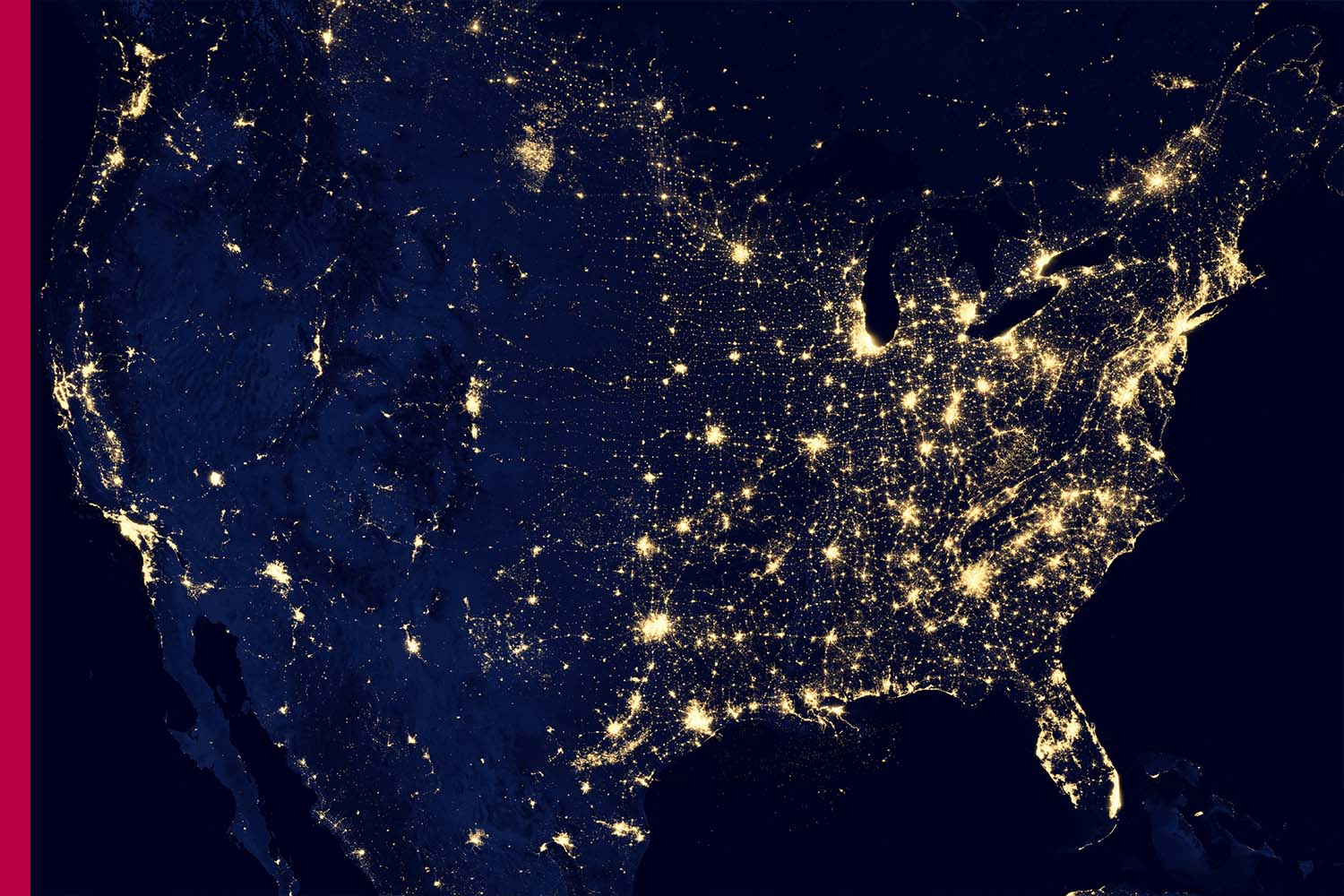The Architects of Change: Cultural and Social Leaders
In the grand tapestry of human history, political leaders and military generals often occupy the center stage. Yet, behind every significant societal shift, every artistic revolution, and every movement for justice, there are leaders who do not command armies or sit in presidential palaces. These are the cultural and social leaders—the artists, thinkers, activists, and visionaries who shape the very soul of a society. They wield a different kind of power, not of coercion, but of influence, inspiration, and moral authority. This blog post explores the vital role of these leaders, their unique methods, and their profound impact on the world.
Defining Cultural and Social Leadership
Unlike political leadership, which is often tied to formal authority and institutional power, cultural and social leadership operates in the realm of ideas and values.
Cultural leaders are the innovators and provocateurs who challenge conventional norms through their work. They are the artists who create new forms of expression, the writers who give voice to the voiceless, and the thinkers who introduce radical new concepts. Their influence is subtle but pervasive, changing how people see the world, interact with each other, and understand their own identity.
Social leaders are the activists and organizers who mobilize people around a shared cause. They identify injustice, articulate a vision for a better future, and build movements to achieve it. Their power lies in their ability to unite diverse groups of people, often against overwhelming odds, to demand change. What unites these two types of leaders is their commitment to shaping human consciousness. They are the architects of change, building new social structures from the ground up, one idea and one action at a time.
The Power of Moral Authority
The currency of cultural and social leaders is not money or force, but moral authority. Think of figures like Martin Luther King Jr. or Malala Yousafzai. They did not have armies or government treasuries at their disposal. Their power came from the righteousness of their cause and their unwavering commitment to non-violence and justice. Dr. King’s “I Have a Dream” speech didn’t just articulate a political demand; it was a moral call to action that resonated deeply with the American people and galvanized the Civil Rights Movement. Moral authority is earned through consistent action, personal sacrifice, and a deep-seated belief in a cause greater than oneself. It allows a leader to command respect and inspire devotion in a way that no political title ever could. When a society loses faith in its formal institutions, it often turns to these moral leaders for guidance and hope.
Changing Minds, Not Just Laws
Political leaders can pass laws, but cultural and social leaders can change hearts and minds. Laws can outlaw discrimination, but only a shift in cultural values can eliminate prejudice. This is where the true power of these leaders lies.
Through Art and Literature: A novel like Harriet Beecher Stowe’s Uncle Tom’s Cabin had a profound impact on the anti-slavery movement. It brought the horrors of slavery into the homes of ordinary Americans, creating a sense of empathy and moral outrage that political rhetoric alone could not achieve. Similarly, the music of artists like Bob Dylan and Joan Baez became the soundtrack of the protest movements of the 1960s, giving voice to a generation’s dissent and shaping its identity.
Through Social Movements: Social leaders like César Chávez mobilized farmworkers not just for better wages, but for dignity and respect. He used non-violent methods, like boycotts and hunger strikes, to draw attention to their plight and build a movement that transcended class and ethnic lines. His leadership was a testament to the idea that true power comes from collective action and moral conviction. These leaders understand that lasting change isn’t just about winning a vote; it’s about shifting the cultural narrative. They create a new way of seeing the world, making the once-unthinkable seem both possible and necessary.
The Challenges of Leadership from the Margins
Leading from the outside is not without its challenges. Cultural and social leaders often operate without the resources, security, or legitimacy that political leaders take for granted.
Vulnerability to Repression: Because they challenge the status quo, they are often seen as threats by those in power. They face persecution, imprisonment, and even assassination. From the imprisonment of Nelson Mandela to the persecution of journalists and artists in authoritarian regimes today, the path of a social leader is often fraught with danger.
Difficulty in Sustaining Momentum: While a protest or an artistic movement can capture the public imagination for a moment, sustaining momentum over the long term is incredibly difficult. Social leaders must constantly work to keep their cause in the public eye, manage internal disagreements, and navigate the complex process of turning passion into tangible, lasting change.
Lack of Formal Authority: The very thing that makes them powerful—their independence from institutions—can also be a weakness. They have to rely on persuasion and coalition-building to achieve their goals, and they often lack the legal or financial leverage to force change. Despite these challenges, their impact is undeniable. They are the ones who force society to look at itself in the mirror and confront its own contradictions.
The Role of Cultural and Social Leaders in the Modern World
In an age of instant communication and global interconnectedness, the influence of cultural and social leaders has never been greater. A single viral video or a powerful hashtag can spark a global movement, bypassing traditional media and political gatekeepers. Movements like #ME Too and Black Lives Matter are prime examples of modern social leadership. They were not started by politicians or CEOs, but by activists and ordinary people who used digital platforms to share their stories and demand accountability. These movements have changed the conversation around issues of gender and race in a way that would have been impossible just a few decades ago. At the same time, we see cultural leaders using their platforms to advocate for change. Musicians, actors, and athletes with massive followings can raise awareness for social issues, mobilize their fans for a cause, and use their influence to challenge injustice.
Conclusion
While political leaders manage the present, cultural and social leaders shape the future. They are the ones who dare to dream of a world that is more just, more equitable, and more humane. They remind us that true power does not come from a title or a law, but from the ability to inspire, to unite, and to give a voice to the collective human spirit. They are the architects of change, and their legacy is built not in stone, but in the enduring values they in still in us all.







